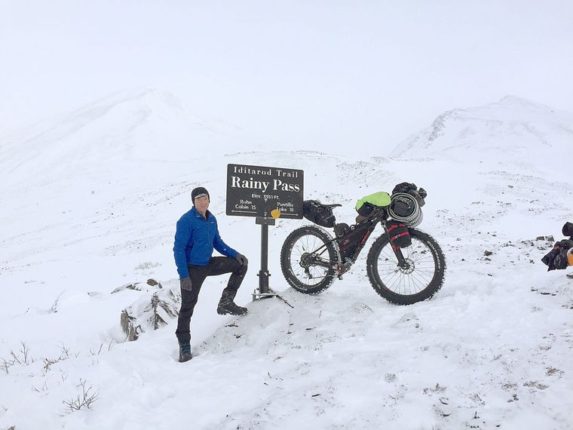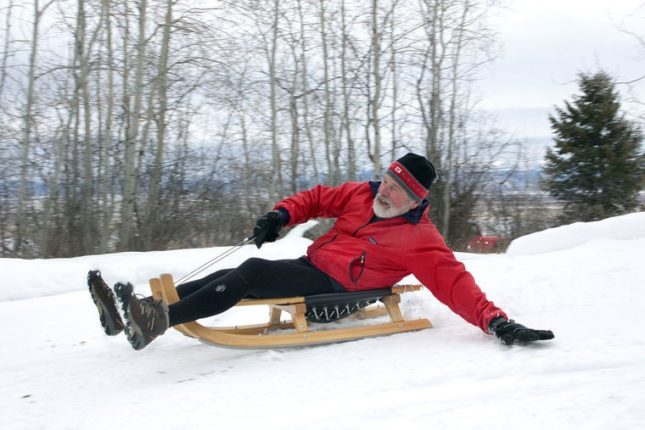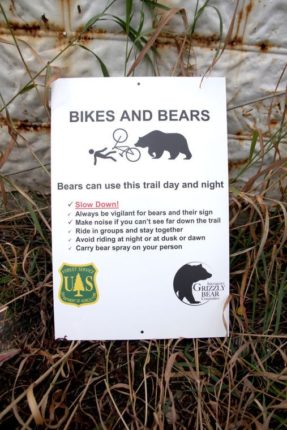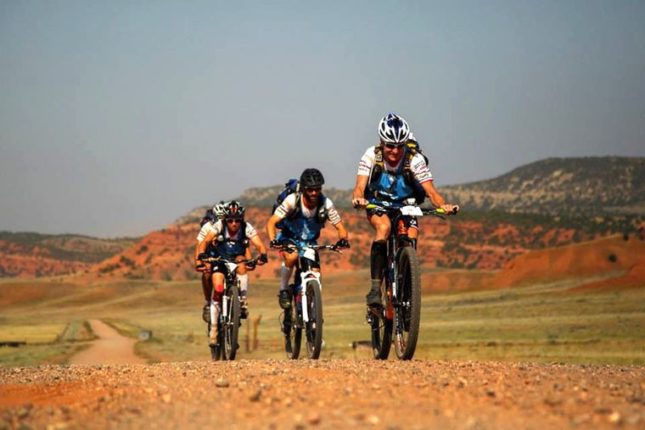VICTOR — There are five wild mustangs living on the ranch at HAPI Trails, fine physical specimens that are completely unfamiliar with humans. The horse rescue organization has invited volunteers to participate in the nonprofit’s first Mustang Makeover Challenge and test their acumen by gentling and training the mustangs.
HAPI Trails board chair Jennifer Carter explained that last winter, she and other members of the Victor-based organization had seen calls for help on social media from Kimberly Clark of A Little Piece Of Heaven Wild Mustang Rescue. The mustang rescue program, located in American Falls, had a lot of needs and not a lot of resources to deal with a big influx of rescued animals.
“We have a really active board and lots of volunteers and it’s still hard,” Carter said. “I don’t know how Kim does it mostly alone.”
HAPI Trails had had a very successful adoption year and was looking for more horses, so the board decided to lend a hand to A Little Piece of Heaven by providing supplies and rehoming some young wild horses that had been captured on the Yakima and Colville reservations in Washington. In May Carter, executive director Julie Martin, James Arnold, and Greta Procious drove two trailers down to American Falls and spent hours trying to wrangle horses into the trailers.
“It was the craziest thing I’ve ever done with HAPI Trails,” Carter said. “No one has handled these horses, they’re not halter broke, they have no exposure to humans. We got six horses in the catch pen and they were going nuts.”
After dropping one mustang at its permanent home, they brought five young horses back to the HAPI Trails rehabilitation ranch.
Joey, Zoe, Remington, Jessie, and Annie are all under five years old and, unlike a lot of neglected or surrendered horses that HAPI Trails rescues, they’re in great physical shape. However, rescued horses usually receive immediate vaccinations, shoeings and veterinary exams, but these animals aren’t ready for that much human contact yet. That’s why HAPI Trails is hosting the Mustang Makeover this summer. Carter said she has been interested in the idea for a while, having attended a big mustang event in Fort Collins, Colorado, but opted not to source horses from the Bureau of Land Management because it can be an expensive and involved process.
Carter didn’t know what to expect when she put out the word on Facebook about the mustang makeover recently and was surprised when five trainers quickly volunteered to work with the mustangs. They each have the option to either adopt the horse at the end of the summer, with the $500 adoption fee waived, or let the horse be adopted by another home and receive that $500 fee.
“It’s a huge benefit for us,” Carter said. “Having community members come forward to do this is a beautiful thing.”
Training can cost thousands of dollars, but these trainers, who were thoroughly vetted before orientation, are doing it for the experience. The trainers included mounted police officers from Jackson, an aspiring professional trainer, and the 2018 HAPI Trails Volunteer of the Year, Judy Nalley, who has already spent hours with her mustang and has made the most headway because of its youth.
Kiana Roylance of Rexburg was the first to volunteer. She decided to work with a mustang because she thinks it will be a good challenge.
“There is so much we can learn from horses and I wanted to push myself out of my comfort zone and grow more as a trainer,” Roylance said. “Plus, there is nothing better than working with a horse and seeing them grow into their potential and seeing them find a good home. It’s beautiful. And I wanted to be a part of that at HAPI Trails.”
The trainers have been coordinating with each other to crack the code of gentling the animals. Carter encourages potential adopters to check out the training and get to know the process. Email horses@hapitrails.org for more information.
On Sept. 14, HAPI Trails will hold the first Extreme Cowboy Competition at the arena. If the mustangs are ready by then, they will be led through obstacles and speed courses, although Carter said there is no pressure to perform.
“It’ll be interesting to see if they get anywhere,” she said. “Really our number one goal is to get them vaccinated.”









